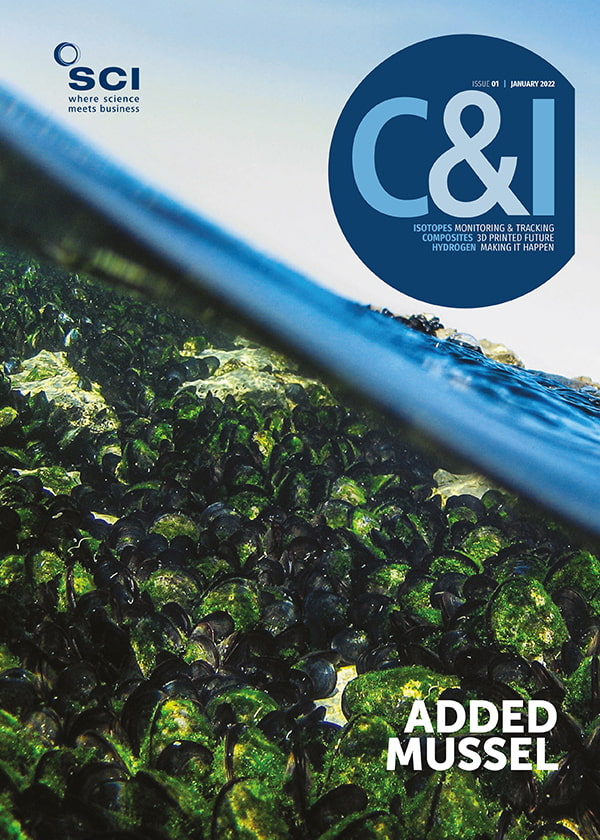Neil Eisberg, Editor
At the beginning of any new year, the desire to look back at the events of the previous year and to make predictions about the coming year seems to be a universal human trait – and 2022 is no exception. Forecasting is as much a part of a new year as New Year resolutions, although it is to be hoped they are more enduring, and more closely related to reality.
Many observers believe that 2020 was one of the most turbulent years in recent history, with many comparing it with the upheavals precipitated by World War II. There is also an opinion that says 2021 was more of a year of transition with industries, populations and society in general focusing on containing and responding to the SARS-CoV-2 coronavirus and the resulting Covid-19 pandemic.
While the pandemic looks set to remain a dominant feature during 2022, there are a number of other potential challenges that are being highlighted by various commentators, and some of these challenges directly stem from the impact of the continuous mutation of the coronavirus.
Obviously, a key feature of 2021 was the development and roll out, in an unexpectedly rapid time, of vaccines against the virus. And this has been followed by the discovery and commercialisation of therapies designed to tackle cases where vaccination, and even subsequent boosters, has not prevented the infection of patients, who might require hospitalisation. Thankfully, while hospitalisations have remained high, mortality has declined with each mutation of the virus.
The knock-on impact of Covid-19 on supply chains, not just of vaccines and other pharmaceuticals, but also everything from food distribution to sea-borne ISO shipping containers, has also been exacerbated by dramatic hikes in energy prices and also new environmental legislation in China, sometimes described as the workshop or factory of the world. And these issues are not going to disappear in 2022 either.
The pandemic has thrown the reality of globalisation and single source strategies under a stark spotlight. The so-called re-shoring of previously outsourced operations can be expected to accelerate in 2022 to ensure supply chain disruption is minimised. But this is likely to be seen alongside moves by industry to move back to multipurpose plants, in many cases as part of a renovation of existing plants, and also a focus on innovating faster, cleaner processes with fewer steps that also meet the drive towards increased sustainability and, in particular reduced energy costs.
So, for the first half of 2022, unfortunately we should expect to see continued higher prices, limited availability, and delayed deliveries for many raw materials and products and therefore a continuation of the dynamic supply chain issues prevalent in 2021.
One potential solution to help streamline industry’s response to these challenges is the drive towards increased digitalisation, not just in overcoming travel restrictions, and improving documentation transfer, and simply maintaining contact with suppliers and customers, but in the development of R&D, commercialisation, production and distribution. Those closely involved might say it is all about leveraging data, which most companies hold in abundance.
But UK IT solutions provider IDBS points out that, according to Harvard Business Review, up to 70% of data in manufacturing are not used, and around $50bn/year is wasted in the US alone in trying to use that data, with failed projects and initiatives.
The successful application of these data can be seen in the dramatic increase in potential Covid therapies in the pipeline during 2021. Some sources estimate that, by July 2021, the Covid pipeline had 456 candidates, compared with around 50 in early March, while clinical trials grew from 271 to over 2450, during the same period.
Signs of this drive for digitalisation and the application of AI can be seen right across the chemical and related sectors. It is timely therefore that SCI is launching a new interest group looking at data, digitalisation and artificial intelligence (AI) – see p49.
But as if all that wasn’t enough, 2022 may also be expected to see significant regulatory changes as the EU, for example, embarks upon its once in every 20-years revisions of its pharmaceutical policy. This will also be in addition to potential regulatory changes to meet governmental targets to meet the zero-carbon challenge.
All this will put a strain on industry managements and their leadership. As the Apple founder the late Steve Jobs once said: ‘Management is about persuading people to do things they do not want to do, while leadership is about inspiring people to do the things they never thought they could.’
This new year will certainly be about inspiration, matched by not a small amount of perspiration, if the world of industry is to return to some semblance of normality in terms of both economic and societal performance. We have already seen what inspiration can achieve in the response to Covid. Who knows where it can take us in the future?





